Search Images
Browse Content (p. 264)
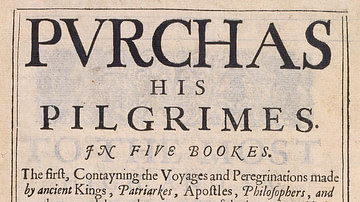
Image
Purchas His Pilgrimes
Purchas His Pilgrimes, a compilation of contracts, letters, and records of important navigators, including Henry Hudson (c. 1570-1611), by the Reverend Samuel Purchas (c. 1577-1626), published in 1625. Berger Collection, Denver Art Museum...
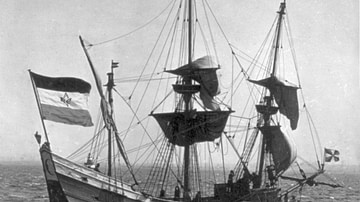
Image
Replica of the Dutch Vessel Halve Maen
Replica of the Dutch Halve Maen ("Half Moon"), which English navigator Henry Hudson (c. 1570-1611) captained on his third voyage in 1609 in search of a northwest passage. Photographic print by Stereo-Travel Co., c. 1909. Library of Congress...
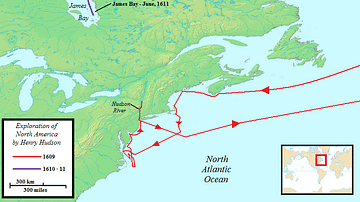
Image
Map of the Two North American Voyages of Henry Hudson
Map of the two North American voyages of Henry Hudson (c. 1570-1611). The route of the first voyage is shown in red, the second in purple.
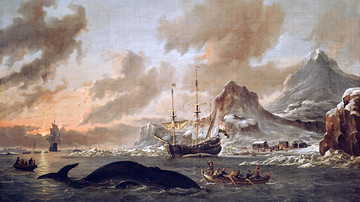
Image
Dutch Whalers off Spitsbergen
Dutch whalers off Spitsbergen, oil on canvas by Abraham Storck, c. 1690.
Collectie Het Scheepvaartmuseum, Amsterdam.
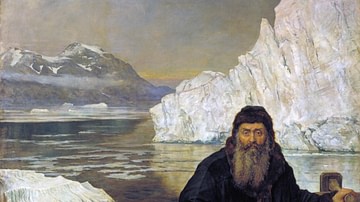
Image
The Last Voyage of Henry Hudson
The Last Voyage of Henry Hudson, oil on canvas painting by John Collier (1850-1934).
Tate, London.
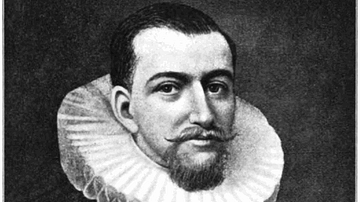
Image
Henry Hudson
English navigator and explorer Henry Hudson (c. 1570-1611) is best known for his four voyages that took place between 1607 and 1610 in search of a northwest passage to the Far East.
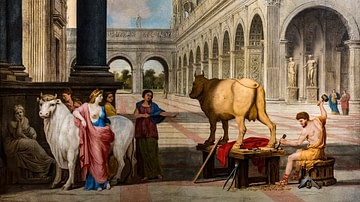
Image
Daedalus and Pasiphaë
Daedalus constructing the wooden cow which Pasiphaë uses to mate with the Cretan Bull, oil on canvas by Jean Lemaire, 17th century.
Musée des Beaux-Arts d'Agen.
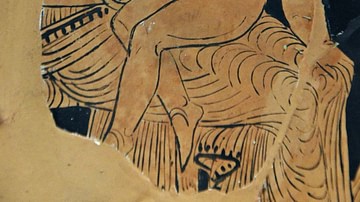
Image
Pasiphaë Nursing the Infant Minotaur
Pasiphaë nursing the infant Minotaur, red-figure kylix from Etruscan Vulci, 4th century BCE.
Cabinet des Médailles, Paris.
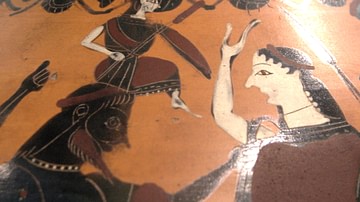
Image
The Birth of Athena
The birth of Athena from the head of Zeus and with Eileithyia looking on. Black-figure amphora, made in Athens, c. 550-525 BCE.
Louvre Museum, Paris.
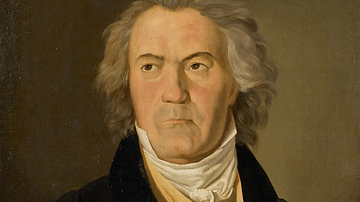
Image
Ludwig van Beethoven in 1823
An 1823 oil on canvas portrait by Ferdinand Georg Waldmüller of the German composer Ludwig van Beethoven (1770-1827). (Kunsthistorisches Museum, Vienna)